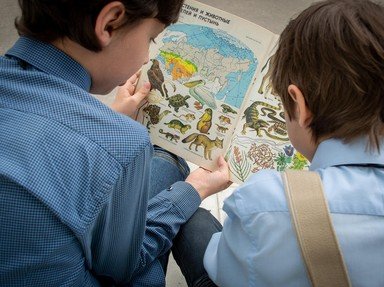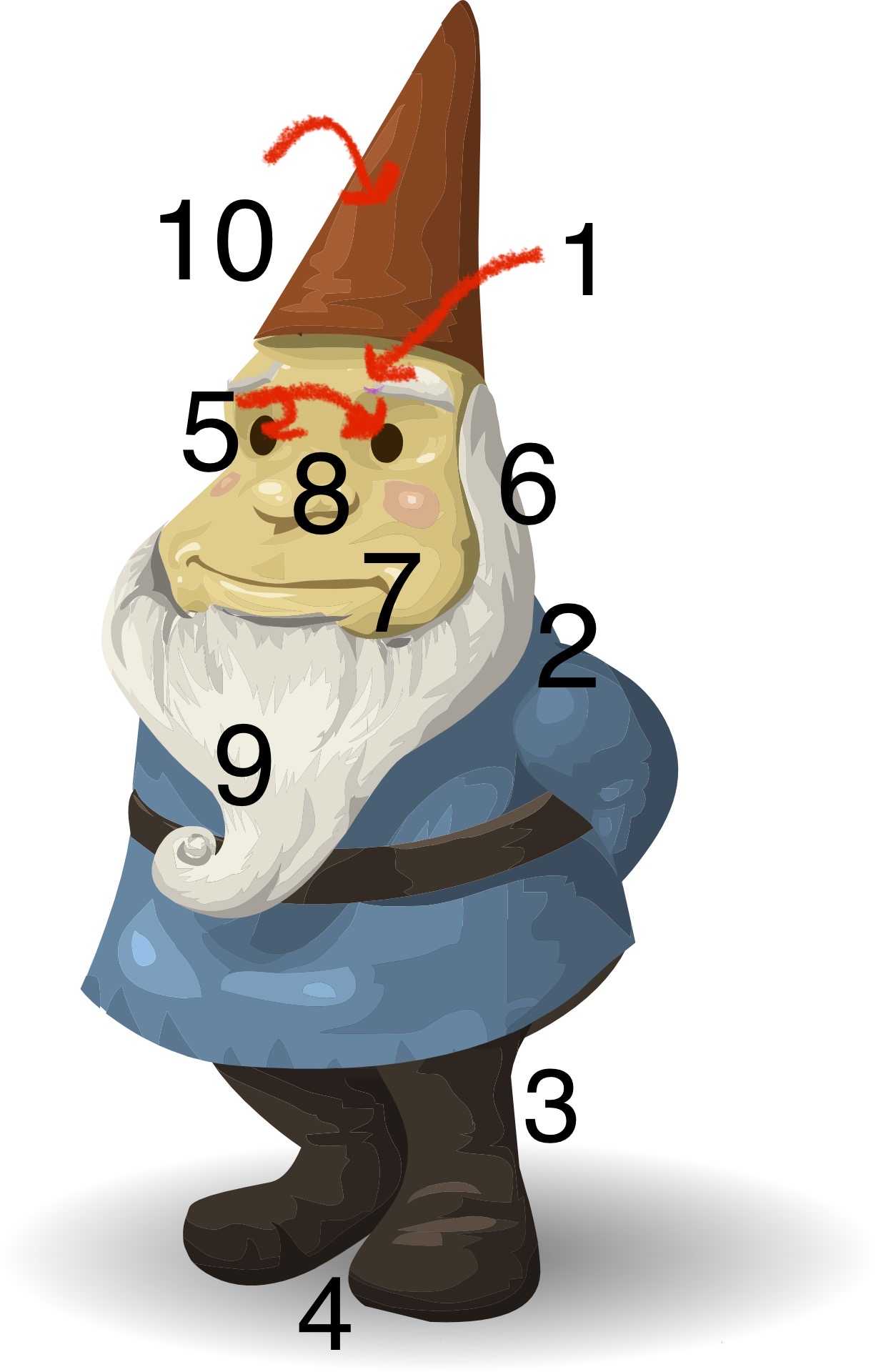
Anatomy Shared Between Garden Gnomes and Humans Quiz
Head and Shoulders, Knees and Toes
For this quiz, you will have to identify all of the things that Mr. Gnome sang about when he hummed the song "Head and Shoulders, Knees and Toes". Remember that he is a gnome, so has a couple of extra things to sing about. Enjoy!
A label quiz
by Trivia_Fan54.
Estimated time: 3 mins.
